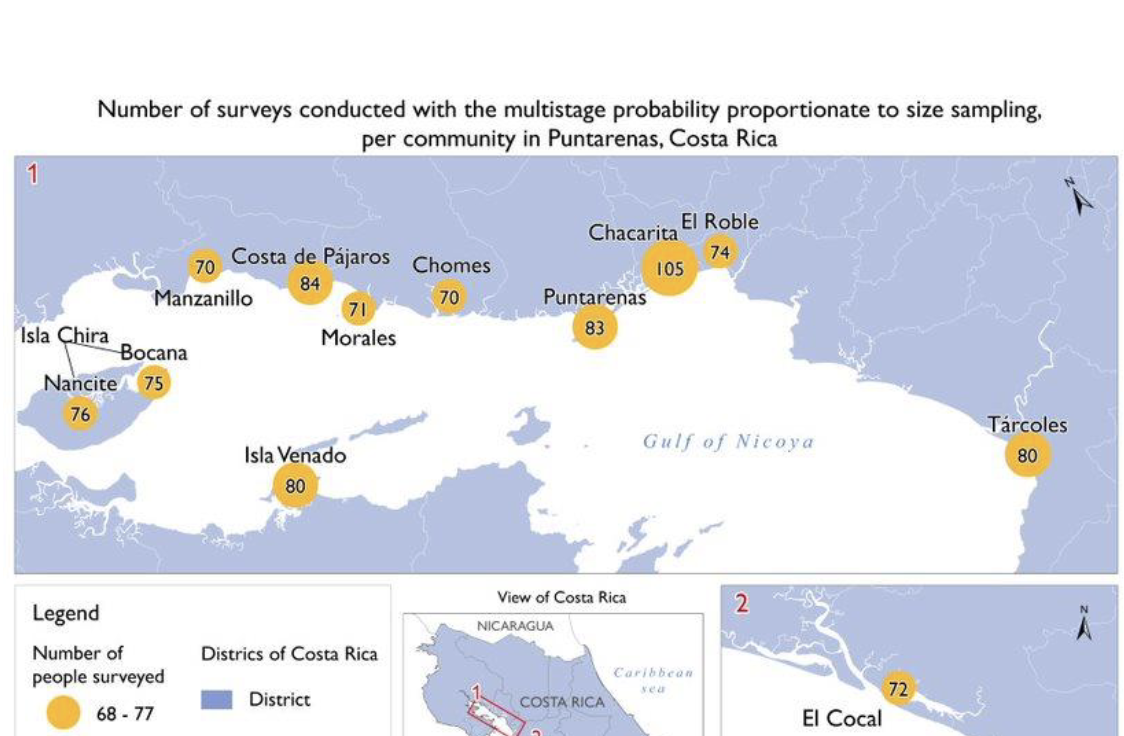Related

Dec 17,2024
Meredith Dank Awarded Additional Funding
to Improve Conditions for Migrating Ethiopian Domestic Workers
more on:
forced labor

Report
/ Jan 29,2024


As part of the Prevalence Reduction Innovation Forum (PRIF), a prevalence study was conducted on forced labor among domestic workers who worked abroad and have returned to Tanzania. Two estimation methods were used: (1) Stratified Random Simple Random Sampling (STSRS) (or Household Enrollment Sampling) with a final N=1,052, and (2) Multi-Wave Snowball or Link Tracing Sampling (LTS) with a final N=788. Both methodologies found that over half of domestic workers in Tanzania were victims of domestic servitude while working abroad.
Overall, both sampling methods were relatively effective in producing population estimates on the scope of domestic servitude for women who have returned to Tanzania after working abroad. These two estimation strategies provided somewhat different estimates for the population size, and even within the LTS study the population size estimates were fairly discrepant. Both sampling strategies required a high level of planning and care to obtain efficient estimates. From the perspective of applied social sciences, both estimation strategies appeared to have worked relatively well. From an operational standpoint, STSRS approach was much easier to implement because of the significantly reduced complexity in tracking and tracing links, which is required for LTS. Additionally, it was found that a multi-wave sampling design is not best suited for estimating the size of a hidden domain of a highly mobile population, such as the one in the context of this study.
Please fill out the information below to receive our e-newsletter(s).
*Indicates required.